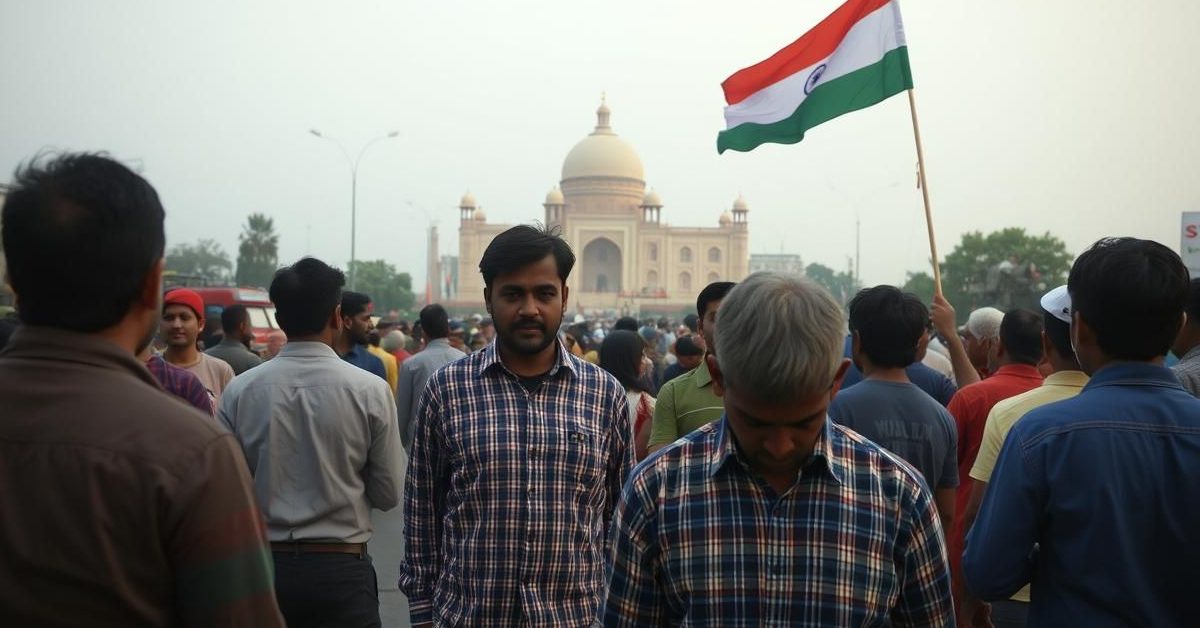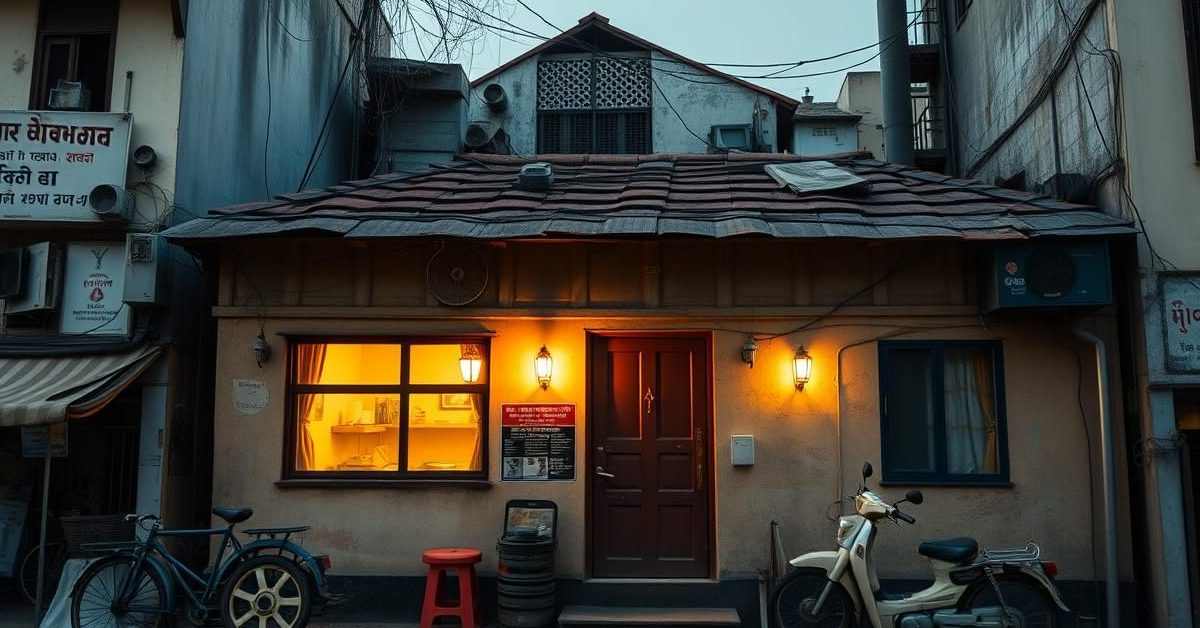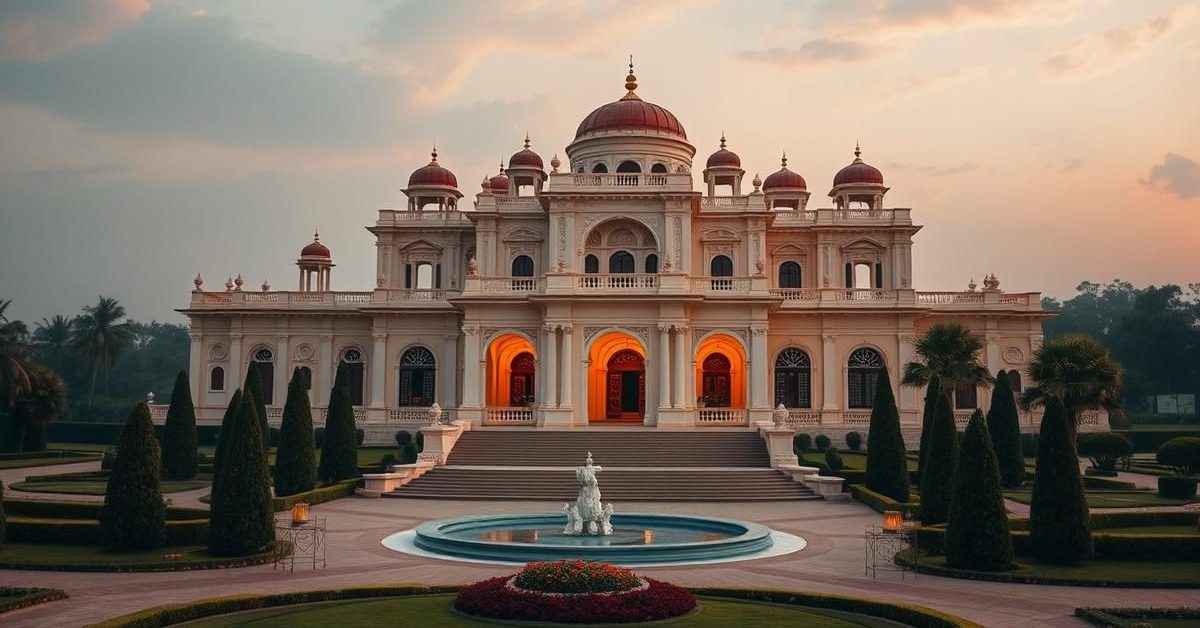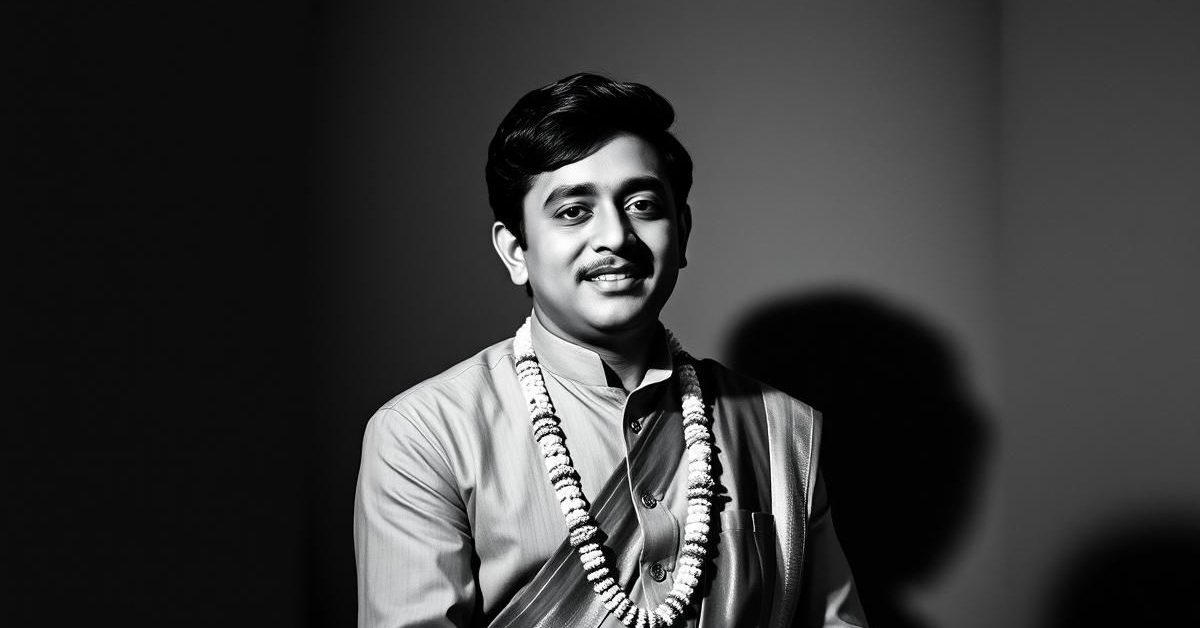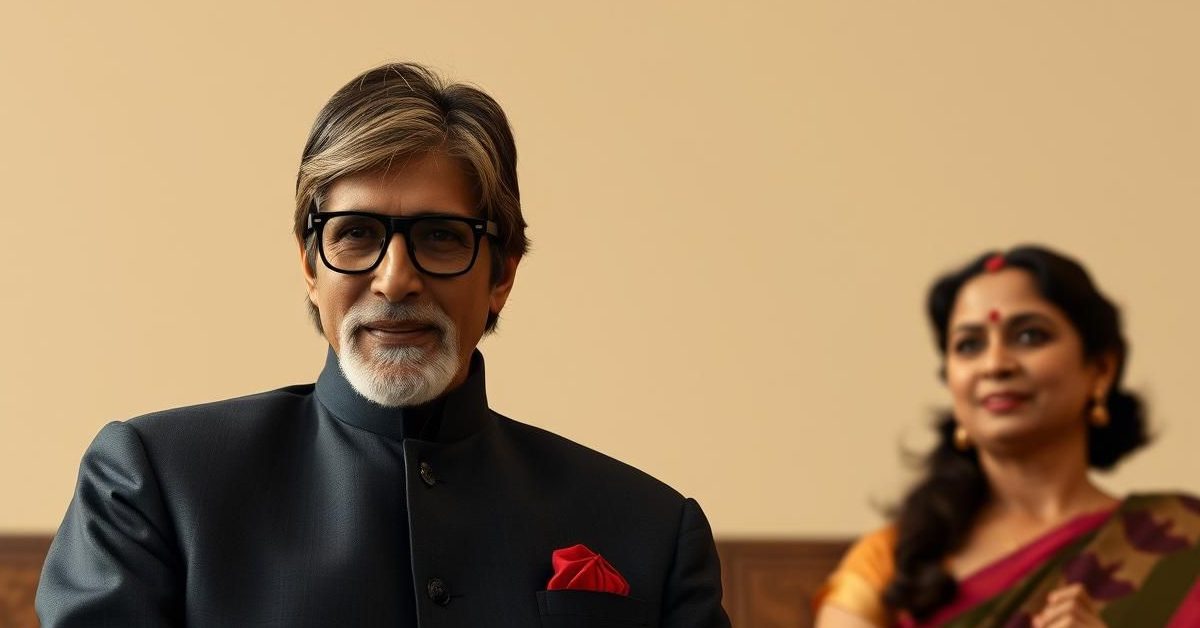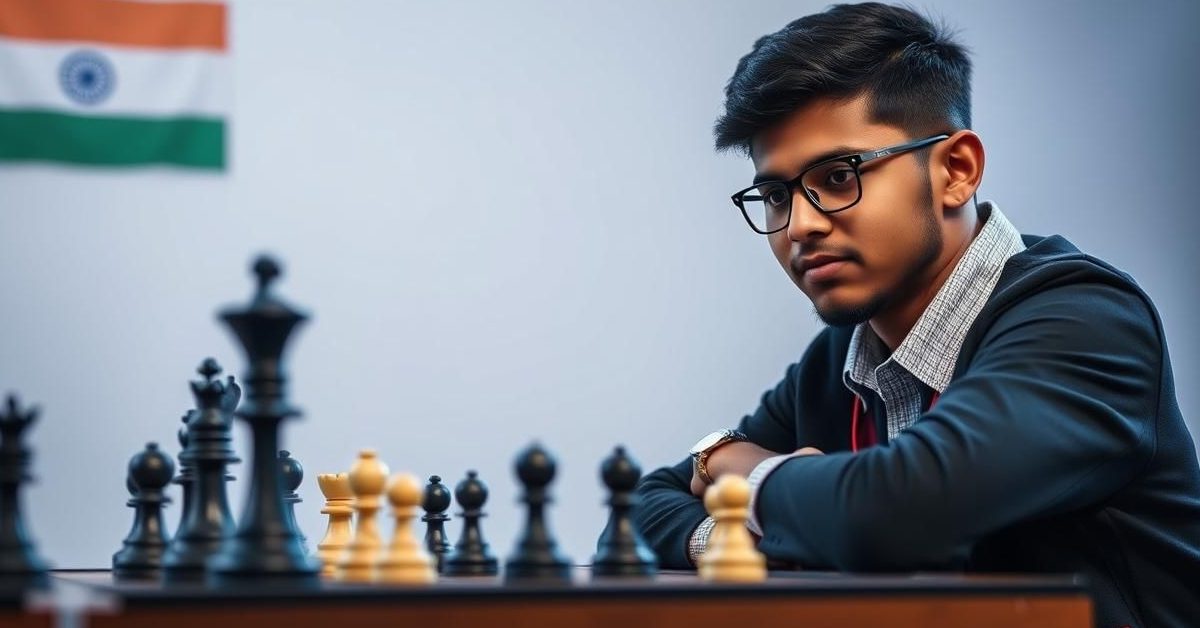Filmmaker Sudhir Mishra has consistently captivated audiences with narratives that delve into the profound human desire for freedom, questioning established norms, and exploring the intricate dance between idealism and disillusionment. His upcoming eight-part series, Summer of ’76, much like his critically acclaimed 2005 film Hazaaron Khwaishein Aisi, revisits a pivotal and tumultuous period in Indian history: the Emergency. Mishra’s work is a heartfelt tribute to the relentless spirit of youth, the insatiable hunger for curiosity, and the courage of dissent.
Reflecting on the Emergency: A Complex Legacy
Decades later, the Emergency remains a profoundly complex and contentious chapter in India’s democratic journey. Mishra observes that assessing this period requires more than a simple retrospective glance; it demands an examination of both those who valiantly fought against it and the unintended consequences that followed. He starkly describes the Emergency as an era that tragically emboldened “petty tyrants” across the nation, from the corridors of power down to remote villages. During this time, the ease with which individuals could be arbitrarily arrested, branded as Naxalites, and even summarily executed, bred a pervasive climate of fear and injustice.
What figures like then-Prime Minister Indira Gandhi and her inner circle failed to grasp, Mishra posits, was that the widespread opposition wasn’t merely political maneuvering. It was, in his words, a “conference of the upset”—a collective outcry from a generation feeling profoundly betrayed. These were young Indians who had inherited the dream of an independent nation from their parents, but found themselves grappling with a reality far removed from that ideal. A crucial irony, Mishra notes, is that many who bravely rebelled against the Emergency later discovered that the very forces that ascended to power in its wake often proved to be more problematic than those they had deposed.
Unveiling the Layers of Summer of ’76
Summer of ’76 promises a deeper, more personal dive into this tumultuous era, drawing inspiration from the compelling autobiography of Mishra’s own maternal grandfather, D.P. Mishra. A towering political figure, D.P. Mishra had two stints as the Chief Minister of Madhya Pradesh and was a key player within the Congress party. His journey was one of fascinating contradictions: a staunch follower of Sardar Patel, he held strong reservations about Jawaharlal Nehru’s policies, even resigning from the Congress over these disagreements before being reinstated. He later played an instrumental role in Indira Gandhi’s ascent to prime ministership, a decision he made as a “Centrist” hoping to guide the party from within.
The series will explore the “Left-wing fantasy” that briefly envisioned a societal revolution through Indira Gandhi. This hope was brutally dashed by the imposition of the Emergency and the rise of Sanjay Gandhi’s coterie – a group characterized by its non-democratic, entitled “Babalog view” of the world. This elitist perspective, Mishra argues, created a profound alienation among the youth in non-metro India, widening the chasm between the English-speaking upper classes and the rest of the nation. D.P. Mishra, witnessing an “undeclared emergency within the Congress” itself, chose to walk away on principle. Having joined the party at 20 as an understudy to Motilal Nehru, he declared he could not serve under the great-grandson of his former mentor, a testament to his unwavering integrity.
The Universal Echo of Youthful Rebellion
While Hazaaron Khwaishein Aisi focused intensely on the experiences of urban college students, Summer of ’76 expands its canvas considerably, following individuals from various walks of life across the country. It meticulously documents the stories of those swept up in the historic JP Movement, a non-violent, anti-corruption movement that galvanized a generation. Mishra’s research for the series includes specific references to figures like Ramesh Dixit, a student arrested at Jawaharlal Nehru University (JNU), and draws inspiration from Pushpesh Pant’s incisive book, Portrait of a Student Activist. These factual anchors are interwoven with fictional narratives and rich imaginative elements, bringing the period vividly to life.
At its core, the series delves into the fate of the “passionate”—those who refuse to accept the status quo and yearn for a better world. It chronicles the exhilarating, often perilous, journey of seven young people navigating personal and political upheavals. For Mishra, the Emergency serves as more than just a historical event; it’s a powerful metaphor, making the narrative a timeless exploration of rebellion. The series is, above all, a poignant tribute to youthful idealism, insatiable curiosity, the raw courage of rebellion, the strength found in solidarity, and the willingness to embrace profound risks in pursuit of change.
Sudhir Mishra’s Signature: The Art of Dissent
Rebellion isn’t merely a theme in Sudhir Mishra’s films; it’s the very heartbeat of his creative output. Though young during the Emergency, he absorbed its tremors through his grandfather’s experiences. Yet, Mishra emphasizes he’s no “faithful family boy” blindly adhering to inherited viewpoints. As the son of a scientist and a mathematician, he possesses an innate, almost scientific, urge to scrutinize every hypothesis, to dissect every narrative, and to confront uncomfortable truths head-on if they don’t align with his analysis.
Mishra believes his generation may be among the last to truly embrace the radical notion that life extends beyond filial piety and unquestioning obedience. The Emergency era, he reminds us, was a crucible where numerous forms of rebellion converged: women were breaking free from patriarchal shackles, landless peasants were desperately striving for liberation, and lower castes were vehemently asserting their rightful place in India’s social fabric. The burgeoning Dalit movement, in particular, was gaining formidable strength. The tragic misstep, Mishra contends, was the Congress party’s failure to adequately recognize and address these profound, authentic desires for freedom, even if some of these movements were unfortunately co-opted or misguided along the way.
The Erosion of Idealism in Modern Youth
Mishra views the current state of youth idealism with a critical, yet empathetic, eye. He firmly states that he doesn’t blame the younger generation, for they are merely products of the world handed down to them. He paints a stark picture of a society where the poor are deprived of basic nourishment, while the affluent “upper class” and “middle class” suffer from a different, perhaps more insidious, form of deprivation – an intellectual and emotional void. He laments an education system that prioritizes rote memorization over genuine critical thinking, failing to cultivate minds capable of analysis, comprehension, and innovation. When curiosity is stifled, he warns, a nation risks becoming populated by “educated illiterates.”
This environment, he believes, is dangerously fertile ground for misinformation, where baseless claims are readily accepted by the majority. It’s a world where human intellect could be “so easily replaced by AI,” largely due to a pervasive lack of independent thought. Mishra observes an alarming degree of self-centeredness and a stark disrespect for any form of idealism. He further points to a “pseudo-Left” or “cultural Left” that, in his view, merely serves as a “fig leaf of the Right,” leading to a disturbing ideological homogeneity where genuine opposition is virtually non-existent, and “everybody is the same.”
The Lingering Shadow of Censorship
The dark spectre of censorship, which intensified during the Emergency, continues to cast a long shadow over contemporary society, Mishra warns. He explains that a nation, over time, can become accustomed to the insidious practice of self-censoring. This isn’t entirely novel in India, where a deep-seated cultural norm often dictates “badon ke saamne aise nahi bolna chahiye” (one shouldn’t speak like that before elders). This ingrained culture of politeness and deference, he argues, subtly fosters self-censorship from a young age, preventing the free exchange of ideas crucial for scientific inquiry and critical thought.
Courage in Expression: A Filmmaker’s Imperative
Despite these daunting challenges, Mishra remains steadfast in his conviction that avenues for authentic expression still exist. He draws inspiration from filmmakers in countries like Iran, who, despite immense pressures, continue to create profound and resonant cinema. For Mishra, adopting a negative mindset – resigning oneself to the inability to express – is not only artistically limiting but also sends a disempowering message to others, rendering the artist a “bore.” He advocates for continuous, rational, and non-sensationalist expression. Yet, he is acutely aware of the potential repercussions such honesty can invite, acknowledging that true artistic courage often comes at a price. His call is clear: speak your truth, intelligently and persistently, and be prepared for the consequences.
